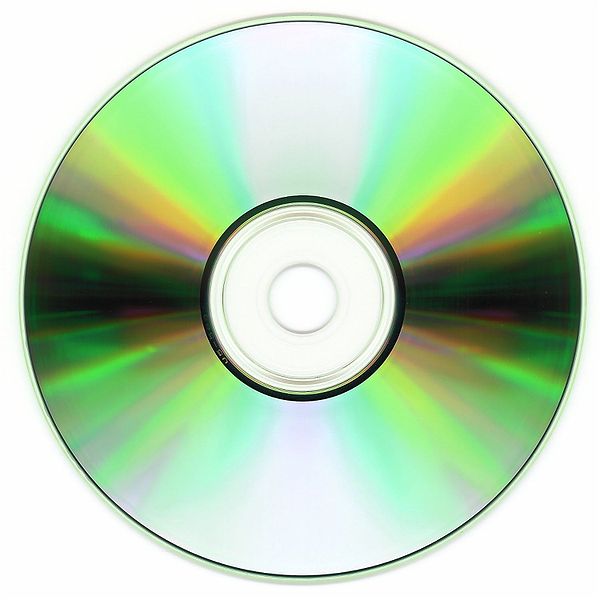With the collaboration of Sony and Philips in 1982, the first ever commercial Compact Disc was made available to the market. The Compact Disc is an optical disc that was initially intended to store and play sound recordings but was adapted into various forms. The Compact Disc was utilized in many ways. There is the CD-ROM which acts as a data storage device, CD-R, where audio can be written once but may also act as data storage, CD-RW, which functions like a CD-R but offers rewriting options, the VCD or Video Compact Disc, the SVCD or the Super Video Compact Discs, and the DVD.
The DVD is also an optimal disc storage developed by Panasonic, Philips and Sony. It was introduced to the public in 1995 and is aesthetically very similar to the earlier CDs but offers higher storage capacity and was often used in encoding videos and films. It prompted the trend of every movie made in any part of the world released in this format. DVDs changed the viewing habits of modern movie goers. For those who do not have ample time to drive to movie houses to catch the latest movies, renting or buying DVDs has always been the answer. The reign of the DVD was something we all thought would last, at least until technology took it a step further and the benefits of digitizing files were made known.
As you can see, everyone’s going green these days. Everybody is talking about how they can minimize their carbon footprint or how they can be more ecological. There are a lot steps we can take in making sure that pollution is avoided with every little thing we do and that nature is protected and balance is somehow maintained. Digitizing is one of them. “Digitization is the process of converting information like those in DVDs into a digital format. In this format, information is organized into discrete units of data (called bit s) that can be separately addressed (usually in multiple-bit groups called byte s). This is the binary data that computers and many devices with computing capacity (such as digital camera s and digital hearing aid s) can process.” (Margaret Rouse)
If you are unsure of the advantages of going digital, here are just a few points which you may want to consider.
There are now plenty of ways to get your hands on a digital copy of a film or DVD, many of which can prove to be more convenient than purchasing a hard copy. With broadband internet and phone service providers such as O2 offering fast download speeds, you may find that you will be able to get your hands on the film that you are hoping to watch in no time at all. This is just one of the reasons why more and more people are choosing to go digital.
Digital versions of video files can also be used as a useful means of back-up. If you have invested in a brand new film release, don’t risk losing or damaging the disc by simply keeping a physical copy. Instead, make sure that you have backed up your purchases so that you can still watch your favorite films even if you are no longer able to play the DVD. This will also take up less physical storage space that a large collection of backup discs might.
You will be able to transfer your films and videos to other digital devices, such as laptops and even smartphones, easily by going digital. Simply use software converters to make sure that your file is in the appropriate format for the device which you want to transfer it to. This is yet another reason why more and more people are finding it beneficial to go digital.

